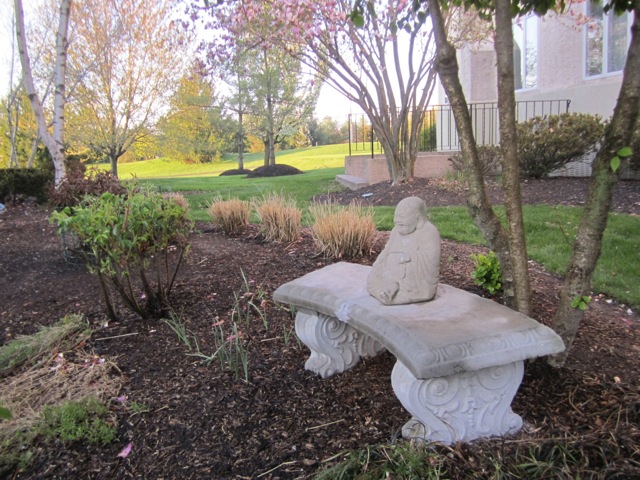
When working to make property as tick safe as possible, residents need to pay special attention to the property’s most frequently used areas. They should also keep in mind that drier areas are more apt to create low-risk tick zones.
Other easily implemented measures that can protect homes and surrounding property include:
- Keep grass mowed short
- Remove accumulations of leaves and brush
- Eliminate ground cover such as pachysandra and replace with mulch
- Keep trees, bushes and shrubs trimmed in order to reduce shade and allow more sunlight on the property
- Create gravel or hard surfaced pathways to gardens and other commonly used areas; keep pathways free of weeds
- Use hardscape and xeriscape landscaping practices wherever feasible to promote a drier less humid yard
- Move children’s swing sets, sand boxes and play stations far away from the edge of woodlands and other overgrown areas, where ticks are known to thrive; relocate them in areas with full sunshine and less shade
- Use mulch in ornamental gardens and children’s play areas as a ground cover; cedar mulch, which can act as a natural repellent to ticks, works best
- Provide three foot wide mulch barriers around the perimeter of your property where the lawn meets the edge of woodlands or stone walls as a warning/demarcation line not to cross; maintain mulch to keep it free of weeds and brush
All these practices, taken in total as part of an integrated tick landscape management plan, will benefit you and your family. Being aware of your surroundings and smart about landscaping practices can help keep property safer from ticks and provide peace of mind as you enjoy the use of your property. In case you missed the earlier articles in this series: click here to read Part 1; click here to read Part 2.

GLA
Admin at GLA






